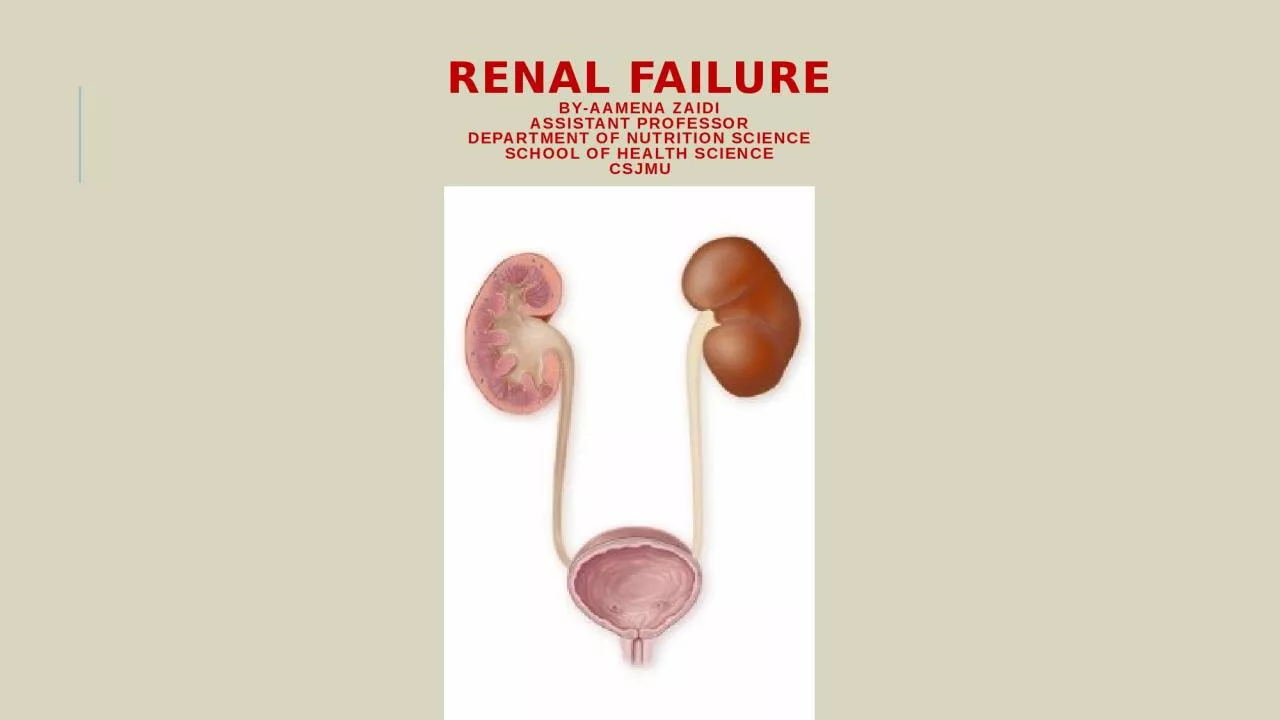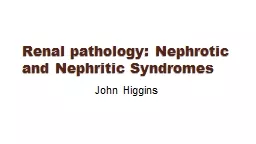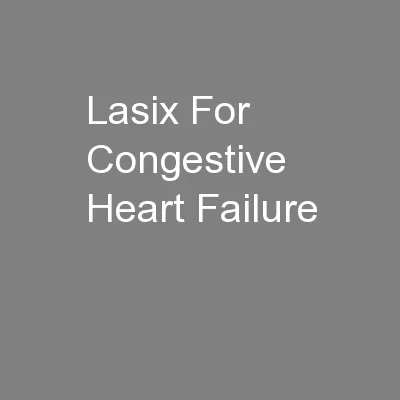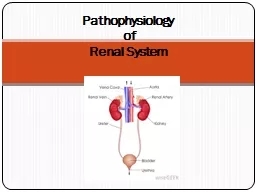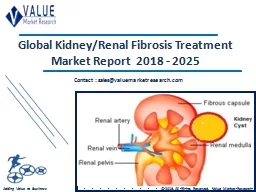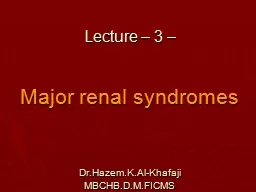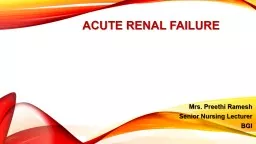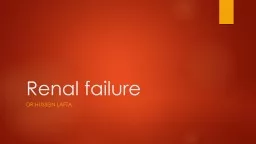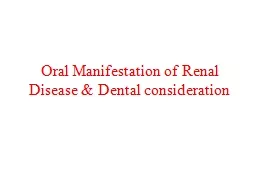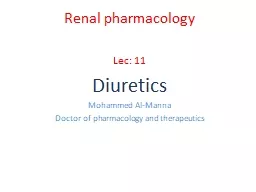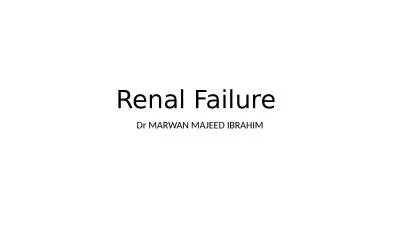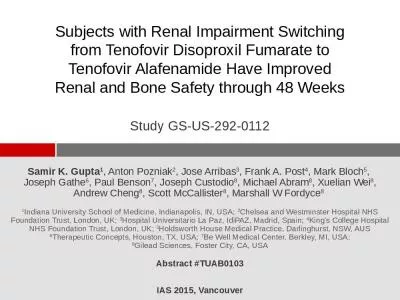PPT-RENAL FAILURE BY- Aamena
Author : piper | Published Date : 2023-08-23
Zaidi Assistant Professor Department of Nutrition Science School of Health Science CSJMU What is kidneyrenal failure M eans one or both kidneys can no longer function
Presentation Embed Code
Download Presentation
Download Presentation The PPT/PDF document "RENAL FAILURE BY- Aamena" is the property of its rightful owner. Permission is granted to download and print the materials on this website for personal, non-commercial use only, and to display it on your personal computer provided you do not modify the materials and that you retain all copyright notices contained in the materials. By downloading content from our website, you accept the terms of this agreement.
RENAL FAILURE BY- Aamena: Transcript
Download Rules Of Document
"RENAL FAILURE BY- Aamena"The content belongs to its owner. You may download and print it for personal use, without modification, and keep all copyright notices. By downloading, you agree to these terms.
Related Documents

